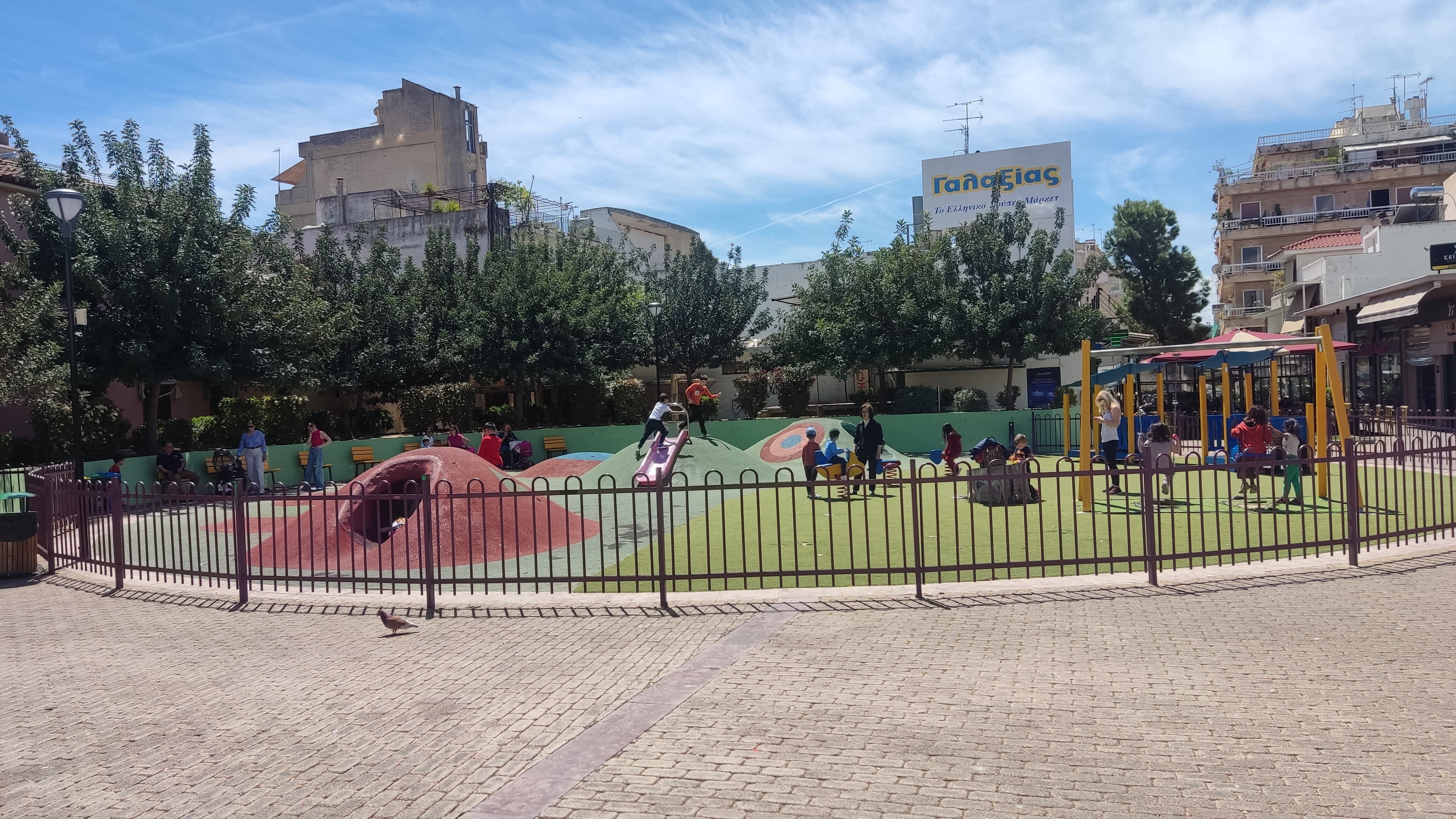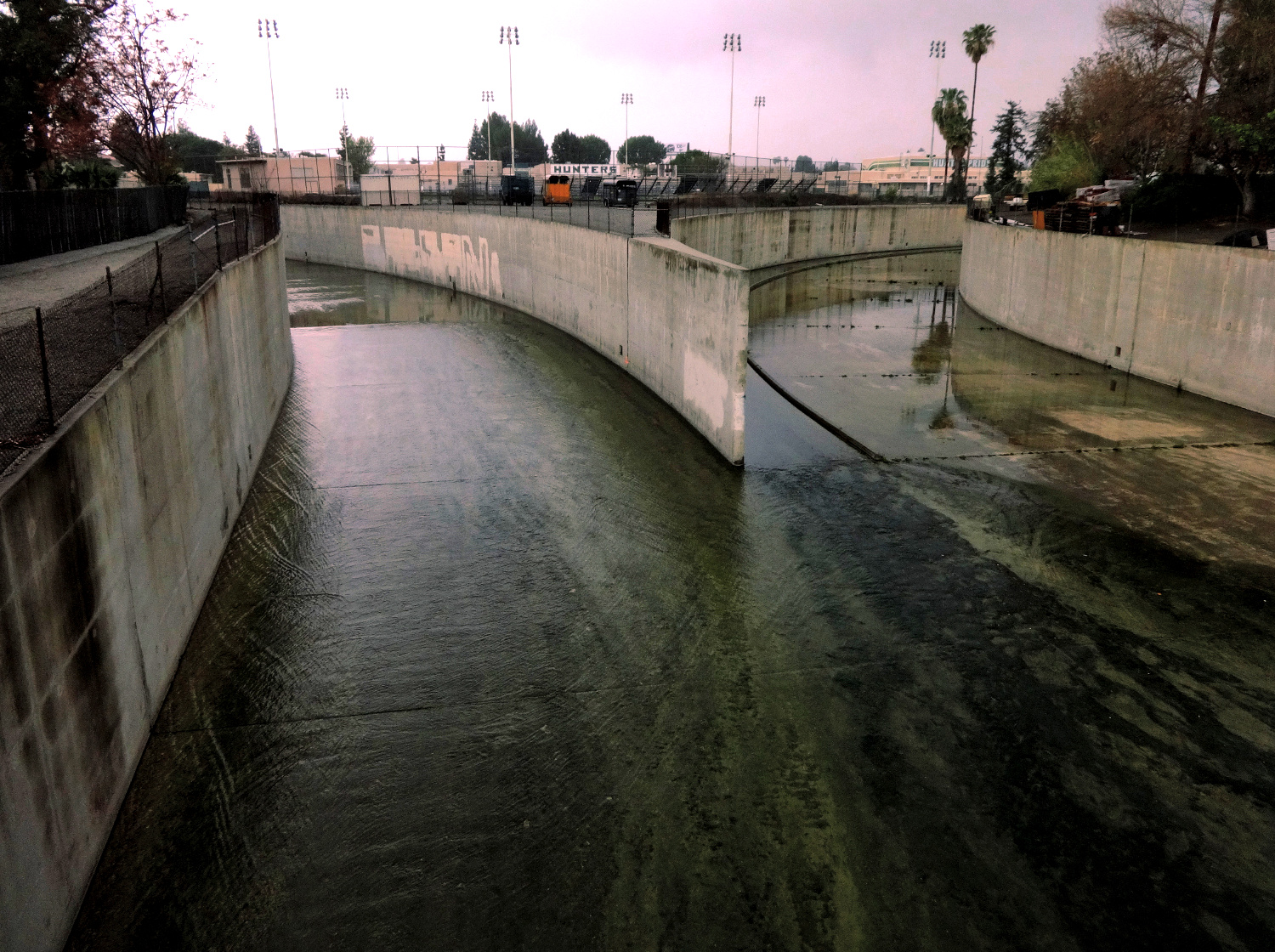|
Guadalaviar River
The Turia or Túria is a river in Spain, which has its source in the Montes Universales in the mountain ranges of the northwesternmost end of the Sistema Ibérico, Teruel province. From its source to roughly the city of Teruel, it is called ''Guadalaviar'' river. It runs through the provinces of Teruel, Cuenca and Valencia, and discharges into the Mediterranean Sea near the city of Valencia. The river formerly ran through the center of the city but was diverted south of the city to prevent flooding. Name The Latin name ''Tūria'' (also recorded as ''Tyrius'') has been connected with the Celtic root *''dubr-'', "river"; the river would thus share a root with the Douro. Diversion project The river is notorious for its floods. The flood which occurred on 14 October 1957, known as the Great Flood of Valencia, flooded large parts of the city of Valencia, and caused a great deal of damage to both life and property. To prevent this from happening in the future, a diversion proje ... [...More Info...] [...Related Items...] OR: [Wikipedia] [Google] [Baidu] |
Proto-Celtic
Proto-Celtic, or Common Celtic, is the hypothetical ancestral proto-language of all known Celtic languages, and a descendant of Proto-Indo-European. It is not attested in writing but has been partly Linguistic reconstruction, reconstructed through the comparative method. Proto-Celtic is generally thought to have been spoken between 1300 and 800 BC, after which it began to split into different languages. Proto-Celtic is often associated with the Urnfield culture and particularly with the Hallstatt culture. Celtic languages share common features with Italic languages that are not found in other branches of Indo-European, suggesting the possibility of an earlier Italo-Celtic linguistic unity. Proto-Celtic is currently being reconstructed through the comparative method by relying on later Celtic languages. Though Continental Celtic presents much substantiation for Proto-Celtic phonology, and some for its morphology (linguistics), morphology, recorded material is too scanty to allow ... [...More Info...] [...Related Items...] OR: [Wikipedia] [Google] [Baidu] |
Province Of Cuenca (Spain)
Cuenca () is one of the five provinces of the autonomous community of Castilla-La Mancha. It is located in the eastern part of this autonomous community and covers 17,141 square km. It has a population of 203,841 inhabitants – the least populated of the five provinces. Its capital city is also called Cuenca. Geography The province is bordered by the provinces of Valencia (including its exclave Rincón de Ademuz), Albacete, Ciudad Real, Toledo, Madrid, Guadalajara, and Teruel Teruel () is a city in Aragon, located in eastern Spain, and is also the capital of Teruel (province), Teruel Province. It had a population of 35,900 as of 2022, making it the least populated provincial capital in Spain. It is noted for its har .... The northeastern side of the province is in the mountainous Sistema Ibérico area. 211,375 people (2007) live in the province. Its capital is Cuenca, where nearly a quarter of the population live, some 52,980 people. There are 238 municipalities ... [...More Info...] [...Related Items...] OR: [Wikipedia] [Google] [Baidu] |
Fibreglass
Fiberglass (American English) or fibreglass ( Commonwealth English) is a common type of fiber-reinforced plastic using glass fiber. The fibers may be randomly arranged, flattened into a sheet called a chopped strand mat, or woven into glass cloth. The plastic matrix may be a thermoset polymer matrix—most often based on thermosetting polymers such as epoxy, polyester resin, or vinyl ester resin—or a thermoplastic. Cheaper and more flexible than carbon fiber, it is stronger than many metals by weight, non- magnetic, non- conductive, transparent to electromagnetic radiation, can be molded into complex shapes, and is chemically inert under many circumstances. Applications include aircraft, boats, automobiles, bath tubs and enclosures, swimming pools, hot tubs, septic tanks, water tanks, roofing, pipes, cladding, orthopedic casts, surfboards, and external door skins. Other common names for fiberglass are glass-reinforced plastic (GRP), glass-fiber reinforced pla ... [...More Info...] [...Related Items...] OR: [Wikipedia] [Google] [Baidu] |
Playground
A playground, playpark, or play area is a place designed to provide an environment for children that facilitates play, typically outdoors. While a playground is usually designed for children, some are designed for other age groups, or people with disabilities. A playground might exclude children below (or above) a certain age. Modern playgrounds often have recreational equipment such as the seesaw, merry-go-round, swingset, slide, jungle gym, chin-up bars, sandbox, spring rider, trapeze rings, playhouses, and mazes, many of which help children develop physical coordination, strength, and flexibility, as well as providing recreation and enjoyment and supporting social and emotional development. Common in modern playgrounds are ''play structures'' that link many different pieces of equipment. Playgrounds often also have facilities for playing informal games of adult sports, such as a baseball diamond, a skating arena, a basketball court, or a tether ball. Public pla ... [...More Info...] [...Related Items...] OR: [Wikipedia] [Google] [Baidu] |
Valencian Music Palace
Valencian can refer to: * Something related to the Valencian Community ( Valencian Country) in Spain * Something related to the city of Valencia * Something related to the province of Valencia in Spain * Something related to the old Kingdom of Valencia * The Valencian language, commonly regarded as a variety of the Catalan language * Valencians Valencians ( ; ) are the native people of the Valencian Community, in eastern Spain. Since 2006, the Valencian people are officially recognised in the Valencian Statute of Autonomy as a ''nationality'' "within the unity of the Spanish nation". ..., the natives of the Valencian Community {{disambiguation Language and nationality disambiguation pages ... [...More Info...] [...Related Items...] OR: [Wikipedia] [Google] [Baidu] |
Fountain
A fountain, from the Latin "fons" ( genitive "fontis"), meaning source or spring, is a decorative reservoir used for discharging water. It is also a structure that jets water into the air for a decorative or dramatic effect. Fountains were originally purely functional, connected to springs or aqueducts and used to provide drinking water and water for bathing and washing to the residents of cities, towns and villages. Until the late 19th century most fountains operated by gravity, and needed a source of water higher than the fountain, such as a reservoir or aqueduct, to make the water flow or jet into the air. In addition to providing drinking water, fountains were used for decoration and to celebrate their builders. Roman fountains were decorated with bronze or stone masks of animals or heroes. In the Middle Ages, Moorish and Muslim garden designers used fountains to create miniature versions of the gardens of paradise. King Louis XIV of France used fountains in the Gard ... [...More Info...] [...Related Items...] OR: [Wikipedia] [Google] [Baidu] |
Garden Of The Turia
The Jardín del Turia is a public urban park located in the former riverbed of the Turia River in the city of Valencia, Spain. The park spans approximately 136 hectares, with plans to expand to 160.5 hectares in the future. It stretches nearly 8.5 kilometers in length, which will extend to almost 10 kilometers upon completion of the final section, with an average width of about 160 meters. It is one of the largest purely urban gardens in Spain. The park begins at the border with the municipality of Mislata, adjacent to the Canaleta Park and Bioparc Valencia (inaugurated in 2008) at about 19 meters above sea level, and ends at Passeig de l'Albereda near the Oceanogràfic (inaugurated in 2003) at 1 meter above sea level. Founded in 1986, decades after the 1957 Valencia flood, Great Flood of Valencia, the garden was established following a transformation of the area from a proposed transportation corridor into a green space for leisure and nature. The idea for the garden emerged a ... [...More Info...] [...Related Items...] OR: [Wikipedia] [Google] [Baidu] |
Irrigation
Irrigation (also referred to as watering of plants) is the practice of applying controlled amounts of water to land to help grow crops, landscape plants, and lawns. Irrigation has been a key aspect of agriculture for over 5,000 years and has been developed by many cultures around the world. Irrigation helps to grow crops, maintain landscapes, and revegetation, revegetate disturbed soils in dry areas and during times of below-average rainfall. In addition to these uses, irrigation is also employed to protect crops from frost, suppress weed growth in grain fields, and prevent soil consolidation. It is also used to cool livestock, reduce dust, dispose of sewage, and support mining operations. Drainage, which involves the removal of surface and sub-surface water from a given location, is often studied in conjunction with irrigation. There are several methods of irrigation that differ in how water is supplied to plants. Surface irrigation, also known as gravity irrigation, is the olde ... [...More Info...] [...Related Items...] OR: [Wikipedia] [Google] [Baidu] |
Los Angeles River
The Los Angeles River (), historically known as by the Tongva and the by the Spanish, is a major river in Los Angeles County, California. Its headwaters are in the Simi Hills and Santa Susana Mountains, and it flows nearly from Canoga Park, Los Angeles, California, Canoga Park through the San Fernando Valley, downtown Los Angeles, and the Gateway Cities to its mouth in Long Beach, California, Long Beach, where it flows into San Pedro Bay (California), San Pedro Bay. While the river was once free-flowing and frequently flooding, forming alluvial flood plains along its banks, it currently flows through a concrete channel on a fixed course, which was built after a series of devastating floods in the early 20th century. Before the opening of the Los Angeles Aqueduct, the river was the primary source of fresh water for the city. Although the Los Angeles region still receives some water from the river and other local sources, most of the water supply flows from several aqueducts ... [...More Info...] [...Related Items...] OR: [Wikipedia] [Google] [Baidu] |
Urban Open Space
In land-use planning, urban green spaces are open-space areas reserved for parks and other "green spaces." These include plant life, water features also known as blue spaces and other kinds of natural environments. Most urban open spaces are green spaces, though some may consist of other types of open areas. The landscape of urban open spaces can range from playing fields and other highly maintained environments to more natural landscapes that appear less managed. Urban green spaces may also include areas that are not publicly accessible, such as privately owned higher education campuses, school sports fields, allotments, neighborhood or community parks and gardens, and corporate campuses. Areas outside city boundaries, such as state and national parks or rural open spaces, are not generally considered urban open spaces. Boulevards, piazzas, plazas, and urban squares are not consistently classified as urban open spaces in land-use planning. Urban greening policie ... [...More Info...] [...Related Items...] OR: [Wikipedia] [Google] [Baidu] |
Quart De Poblet
Quart de Poblet (; Spanish and unofficially: ' ),Toponym in Castilian as the Spanish Royal Academy: ''Spelling of Spanish.'' Madrid: Espasa, 1999. ; "Appendix 3, pages 133–155. or simply Quart (; ), is a municipality in the ''comarca'' of Horta Oest in the Valencian Community, Spain. It has 25,499 inhabitants (NSI 2009). Geography Located between the Valencian Horta Sud, the area surface is completely flat. The Túria river crosses the municipality by north and on the west runs the Rambla del Poio. The climate is Mediterranean, with rainfall in autumn and spring, the prevailing winds are west and east. Infrastructure and access road The main lines of traffic at west of the metropolitan area of Valencia ply the municipality of Quart of Poblet. Thus, both the town and the many industrial sites are connected by highway with other surrounding municipalities and large capacity roads. * The motorway A-3/E-901 Madrid–Valencia or ''eastern highway'', old N-III runs longi ... [...More Info...] [...Related Items...] OR: [Wikipedia] [Google] [Baidu] |






